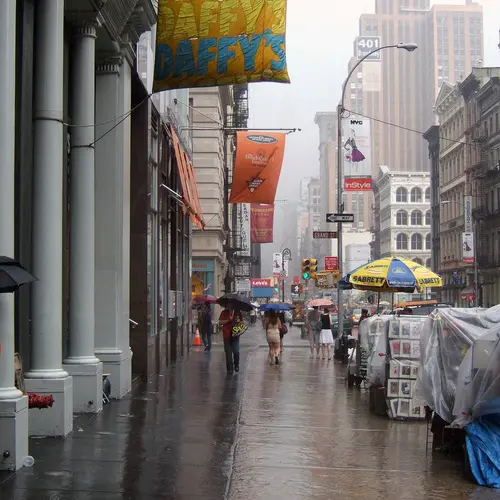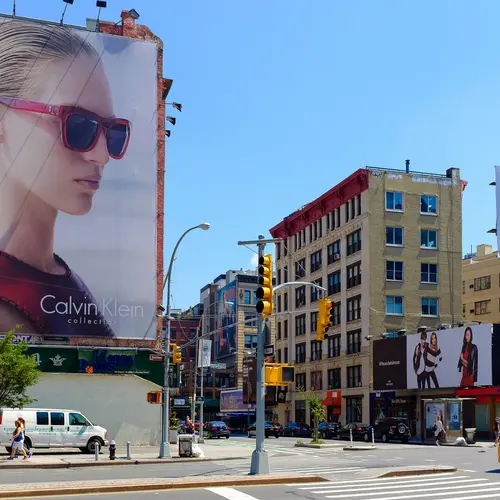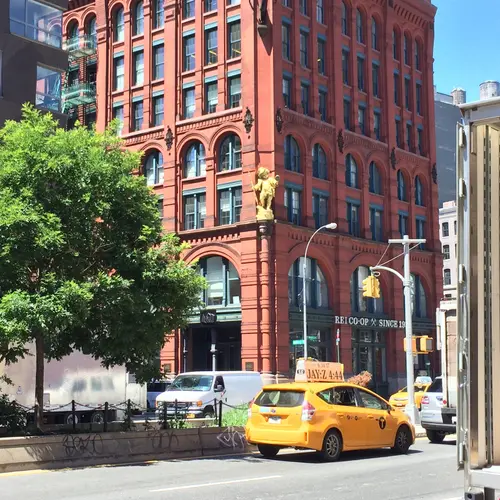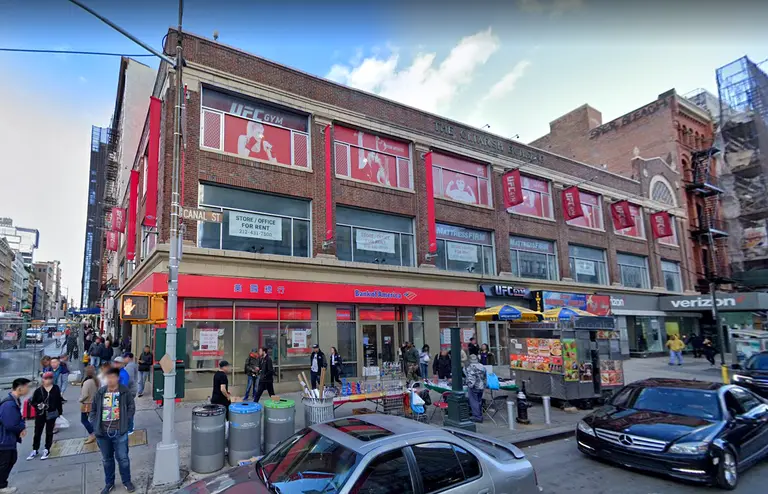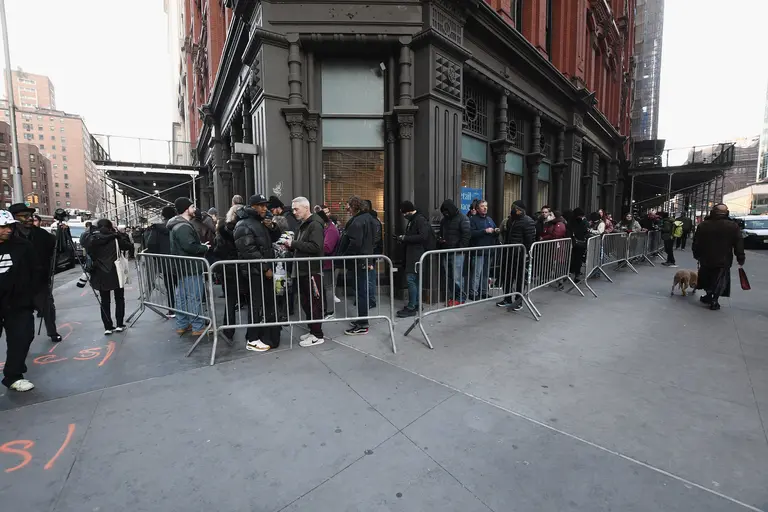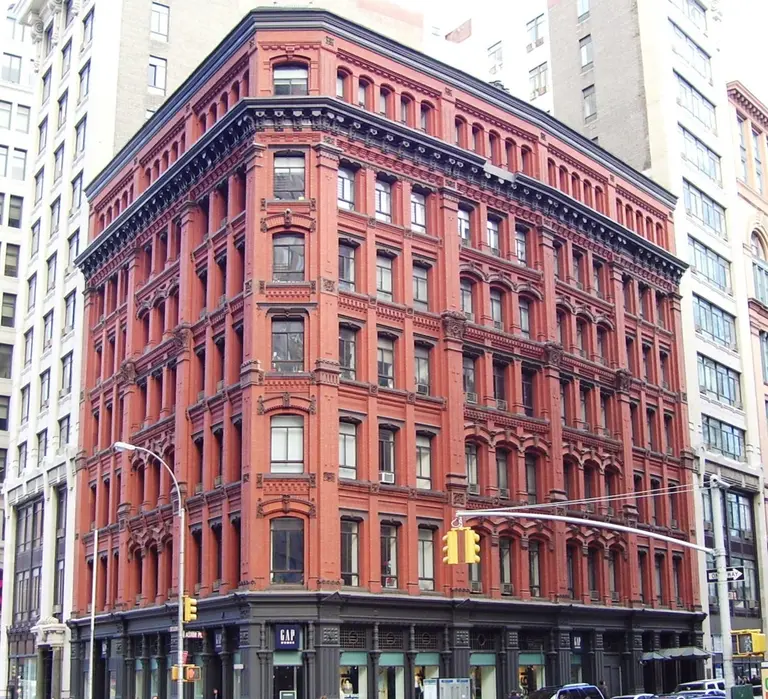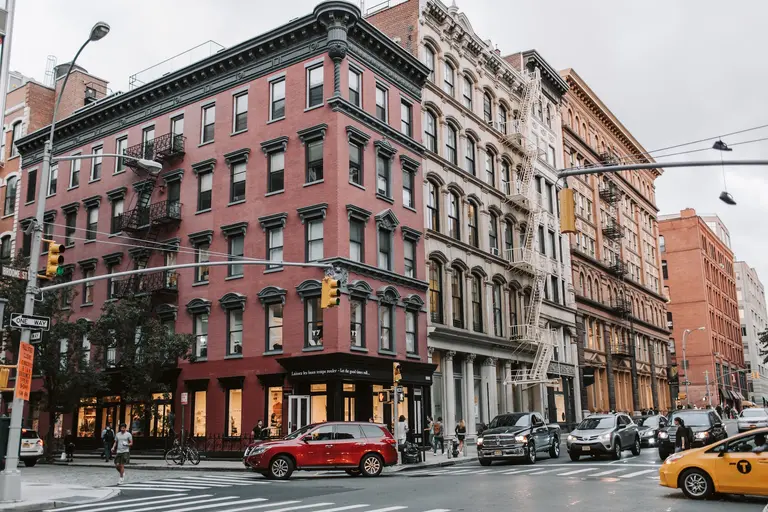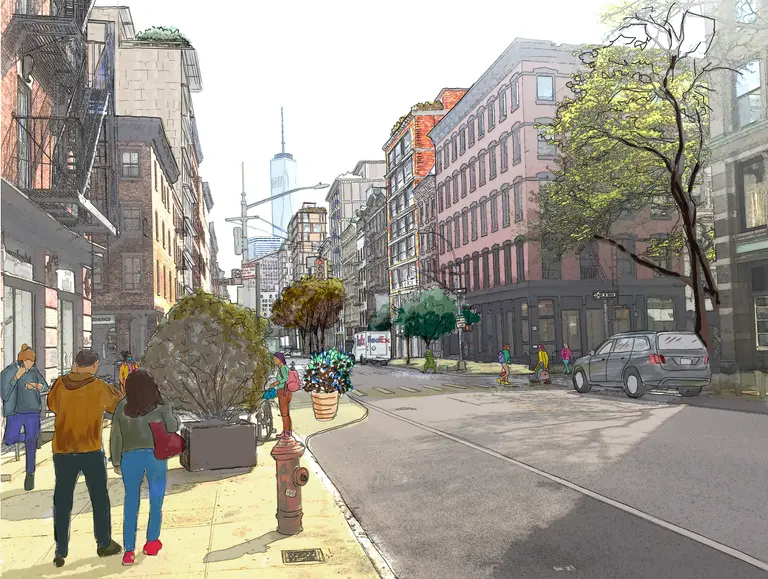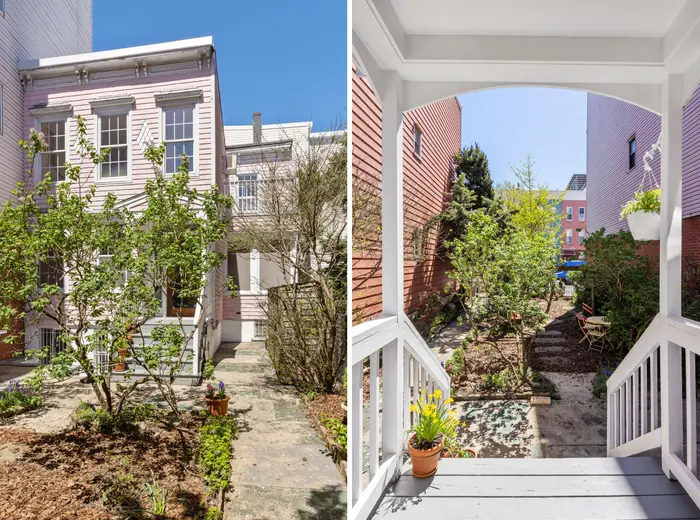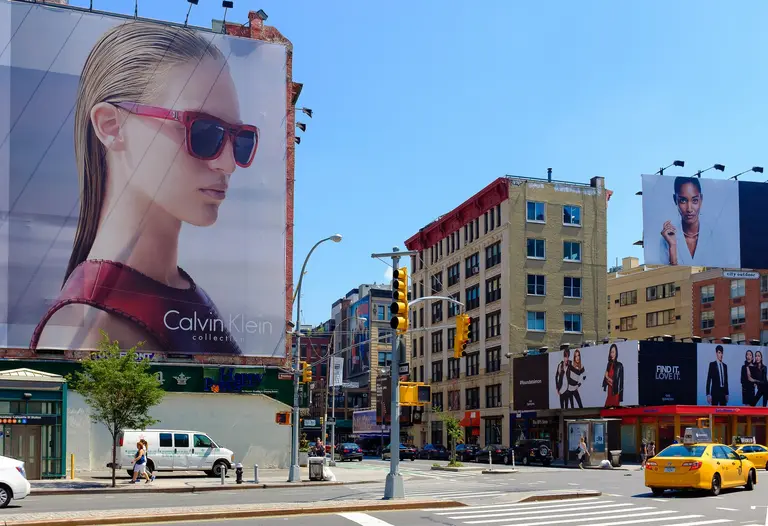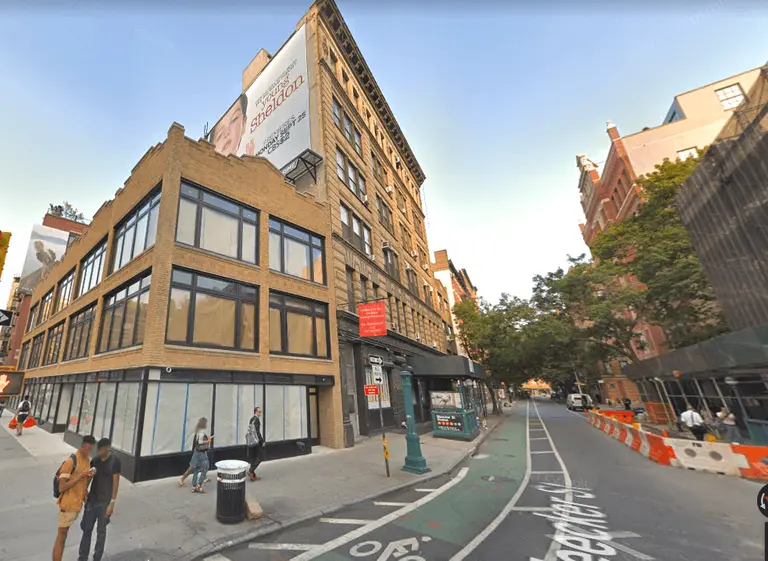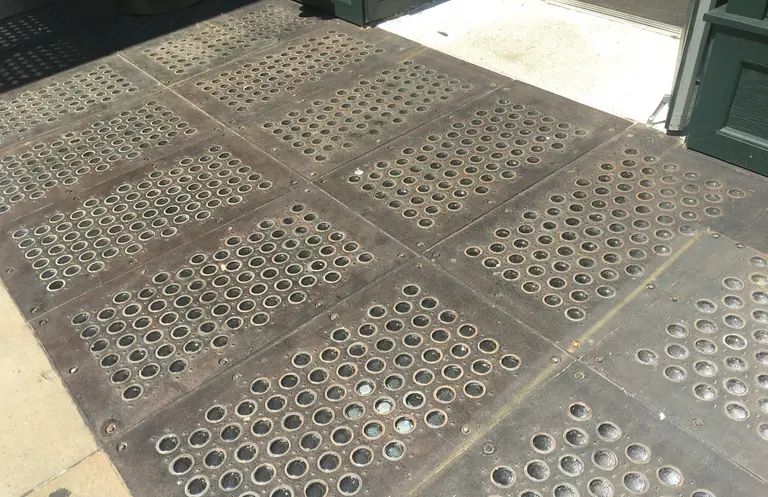City’s plans for Soho and Noho may include rezoning and removal of Artist In Residence law
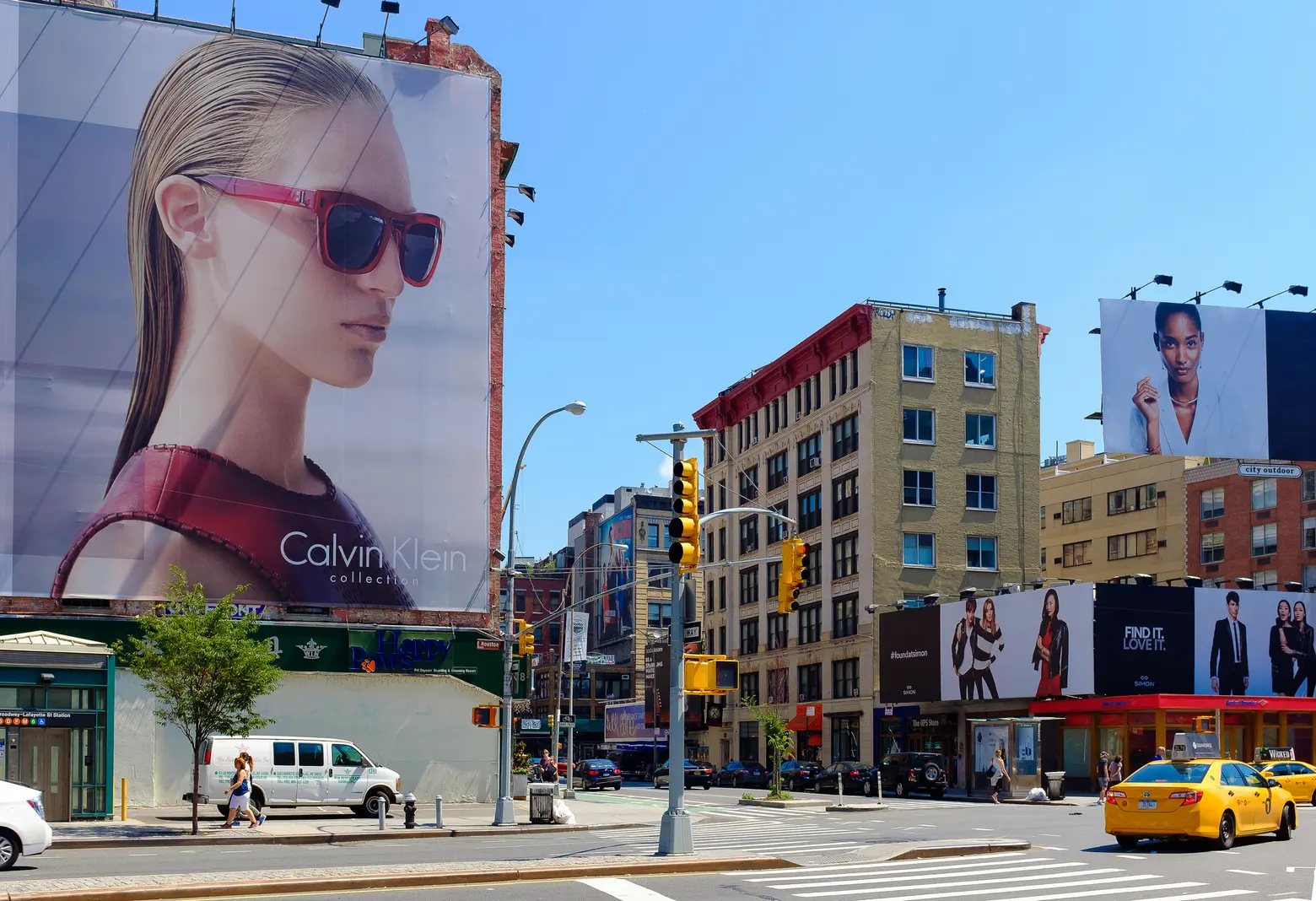
Image: Steven Pisano via Flickr.
The Department of City Planning, Manhattan Borough President Gale Brewer and City Council Member Margaret Chin announced today the launch of a six-month public engagement process addressing the future of NYC’s Soho and Noho neighborhoods. The series of public meetings and consultation with local stakeholders are an early phase in outlining a vision for the future of those neighborhoods; the city’s plans include updating what many consider outdated zoning laws, including the removal of rarely-enforced restrictions on ground floor retail tenancy and Soho’s Artist In Residence law.
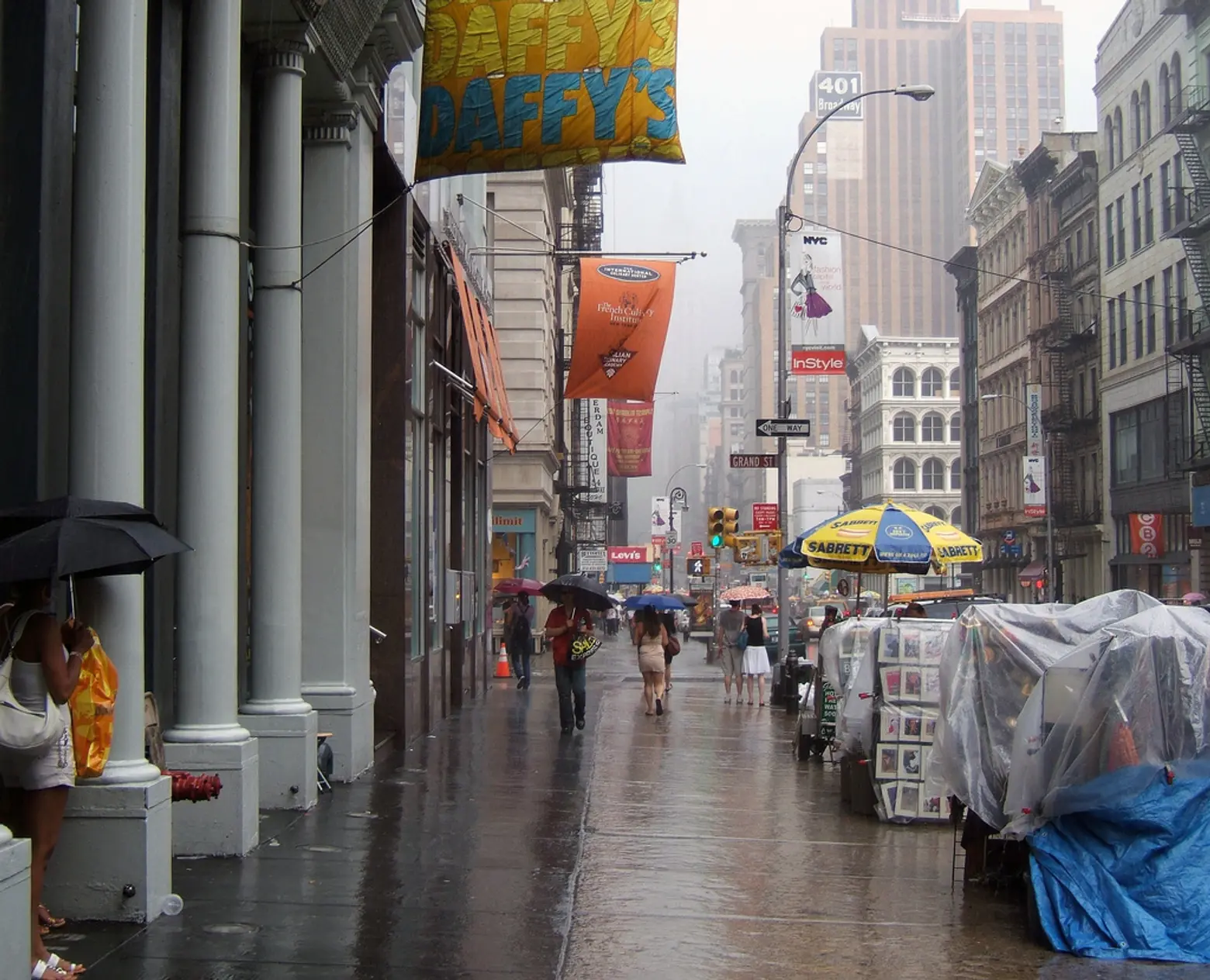
Image: Tony Fischer via Flickr.
Initial research by the city shows that the existing manufacturing district zoning, established nearly five decades ago in 1971 to balance the needs of a declining manufacturing sector and the artist community has proven increasingly challenging to the economic realities of the neighborhoods in the 21st century, and that thoughtful, comprehensive planning can strengthen them for future generations.
According to this research, Soho today is:
- Home to about 8,000 New Yorkers, representing a more significant residential presence than in typical manufacturing districts;
- Home to more than 46,000 jobs principally in office, retail, accommodation, food, and other non-industrial sectors;
- A major creative center: 25% of total jobs in the creative industries;
- A major economic driver: SoHo’s retail sector ranks second citywide, and 10th nationally.
Though we may think of today’s Soho as a massive retail destination filled with international chains and designer boutiques, the neighborhood is actually not zoned for large-scale ground-floor retail occupancy. Additionally, the only tenants officially allowed to live in the neighborhood are city-certified artists. According to The Real Deal, big retail anchors like teen fashion chain Hollister on the ground floor of 600 Broadway could well be in violation of these restrictions. Like most of Soho, that space is zoned only for manufacturing use. Hollister’s space on the basement, ground and second floors spans 37,500 square feet within the 65,000-square-foot building. In July, the New York City Department of Buildings zapped landlord Aurora Capital Associates with illegal use violations, along with Broadway retailers Topshop, Uniqlo and Zara. The charge: occupying larger space than allowed under current zoning. The the fines incurred were inconsequential amounts like $800, and the cases await hearings at the city’s Office of Administrative Trials and Hearings. Though enforcement of the old laws is rare, some say it’s enough to make investors, banks and other mortgage lenders nervous at a time when storefront vacancies are so high that they may be threatening residential real estate values.
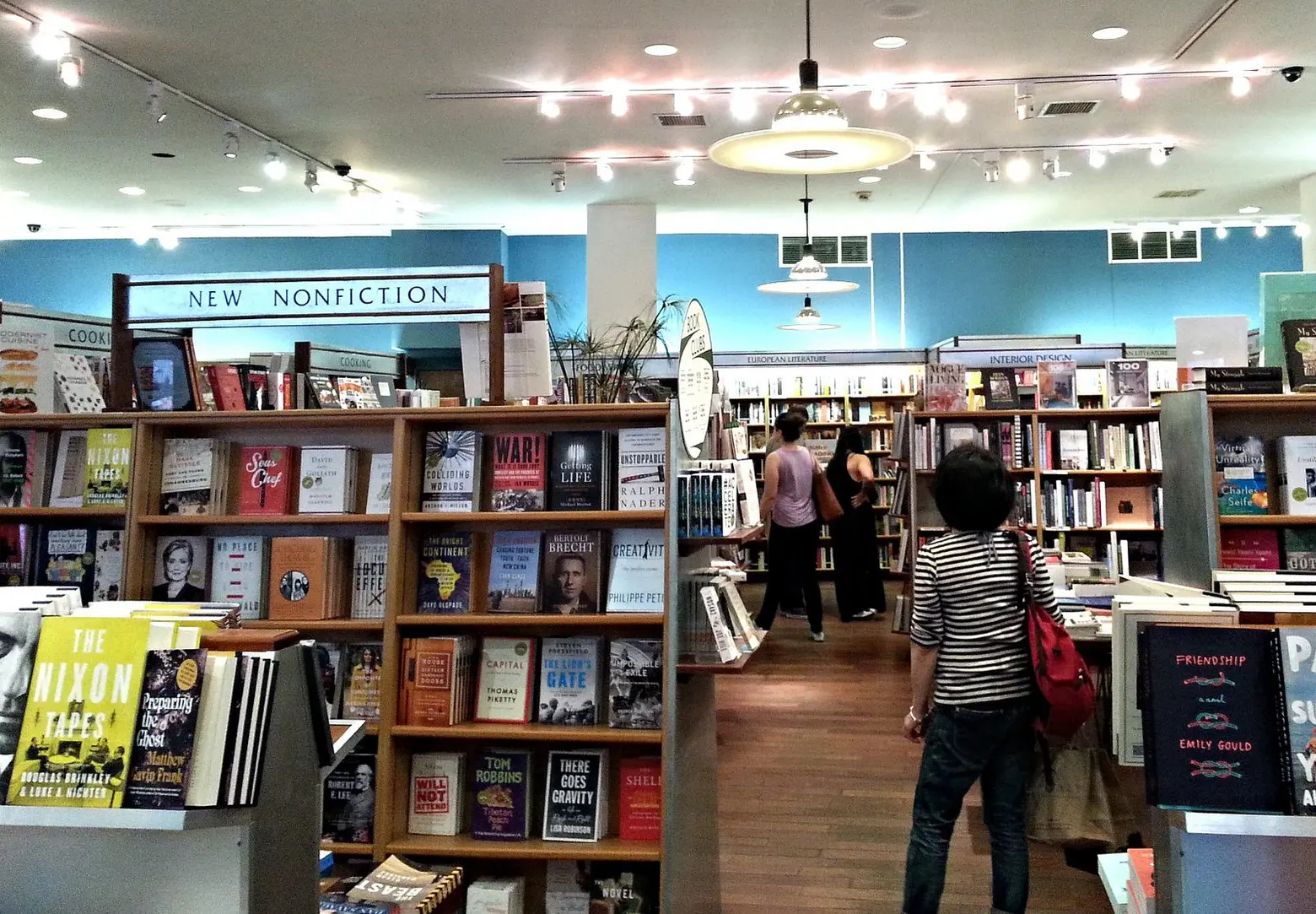
McNally Jackson bookstore on Spring Street. Image by Carl Mikoy via Flickr.
Will the removal of Artist In Residence laws result in artists being squeezed out of the neighborhood or prevented from moving in? The dominant reality is that rents are prohibitively high in Soho for all but the wealthiest of artists. The shift in imperative with regard to zoning does provide an interesting picture, though: In 1968 it was the artists that were the outlaws, living in warehouses zoned for manufacturing; laws were created to reflect changing economic trends away from manufacturing, with the good of the city in mind. In 2019, big-ticket retail is the scofflaw, dodging (admittedly rare) crackdowns under laws seen as no longer relevant.
Does this mean that, as with the shift away from manufacturing, the city is moving away from being a place where artists live? The biggest factor driving the shift is more likely to be the ultra-high value of real estate in the popular downtown neighborhood–so much more is at stake. Both scenarios reflect the idea that empty buildings and storefronts do the neighborhood no favors, and the idea that removing barriers wherever possible might reduce the vacancy scourge that is undeniably happening now, as it was then. The likely reason for the empty storefronts, though, is that the asking rents are prohibitively high, showing that landlords don’t have much fear of the current zoning laws.
Brewer said in a statement accompanying the announcement of the public engagement process, “The SoHo / NoHo area has a rich, vibrant history, but we need to fix its zoning to lay the foundation for its future. As the old rules have stopped working, the area has seen a steady march of special exemptions, one-off variances, and inappropriately large retail uses. SoHo and NoHo need room for creativity, artists, artisans, workshops, and tech. A comprehensive look at the neighborhood’s zoning that incorporates input from all stakeholders will help us chart a better path forward.”
Council Member Margaret Chin said, “The SoHo and NoHo neighborhoods are among the most culturally and economically vibrant in our City.Throughout the next six months, I, Borough President Brewer, and DCP Director Lago will be working with various stakeholders in these two communities to ensure that any future planning for these neighborhoods will take into account their unique and dynamic nature. I look forward to engaging with community activists, business leaders, and residents as we build a bold vision for SoHo and NoHo.”
RELATED:
- Design team suggests a new mission-driven gentrification model geared toward artists and small businesses
- Sculptor Richard Serra drops $7M on Tribeca loft, now owns entire building
- INTERVIEW: New York legend Jay Maisel dishes on 190 Bowery and his new photo archive
- McNally Jackson bookstore announces move after 136% rent hike
